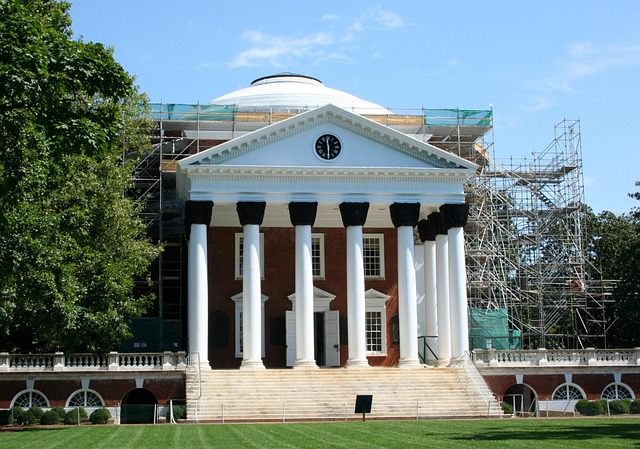Texas homeowners with fire damage should prioritize understanding their insurance policy, reading it thoroughly to grasp coverage and exclusions. Document every aspect of loss, be prepared for deductibles, and consult professionals specializing in fire restoration. Adhere to local building codes and engage reputable companies experienced in handling insurance claims. Familiarize yourself with your rights, review policy clauses related to fire restoration, document losses including temporary housing expenses, and support claims with photos or videos. These steps ensure maximum benefits from homeowners' insurance for fire damage.
In the aftermath of a fire, navigating structural repairs and understanding your fire damage insurance claim can be overwhelming. As Texas homeowners, knowing the ins and outs of insurance claims processes is crucial to ensure you receive fair compensation. This guide provides essential fire restoration structural repair services tips tailored to Texas, helping you maximize your homeowner’s insurance benefits and restore your home effectively. From understanding policy limitations to leveraging expert services, these insights are vital for a smooth recovery journey.
- Understanding Fire Damage Insurance Claims in Texas
- Navigating Structural Repairs After a Fire
- Maximizing Your Homeowner's Insurance Benefits
Understanding Fire Damage Insurance Claims in Texas

In Texas, understanding fire damage insurance claims is crucial for homeowners seeking compensation after a devastating fire. The first step involves familiarizing yourself with your policy, reading through it carefully to identify coverage details and exclusions. Fire damage insurance claim tips for Texas homeowners include documenting every aspect of the loss, from initial assessments to repairs, as this serves as vital evidence when filing a claim.
It’s important to note that different types of policies exist, such as replacement cost value (RCV) or actual cash value (ACV). RCV covers repair or replacement costs, while ACV considers the current market value of the property after the damage. Homeowners should also be aware of deductibles, which represent a portion of the claim they’re responsible for paying. Understanding these aspects equips you to navigate the claims process effectively and ensure a smoother recovery after a fire.
Navigating Structural Repairs After a Fire

After a fire, navigating structural repairs can seem daunting. Texas homeowners should first assess the extent of the damage and consult with professionals who specialize in fire restoration. These experts can provide crucial insights and tips for dealing with insurance claims, ensuring that every aspect of the repair process is addressed comprehensively.
Fire damage often leaves intricate and delicate structural remnants, requiring meticulous attention during repairs. Homeowners must remember to document every step of the way, taking photos as evidence for their insurance claim. It’s important to follow local building codes and regulations to guarantee a safe and effective restoration, with specific guidelines varying across Texas cities. Engaging with reputable fire restoration companies equipped with experience and knowledge in handling insurance claims can significantly facilitate this challenging journey for Texas homeowners.
Maximizing Your Homeowner's Insurance Benefits

After a fire, Texas homeowners should be aware of their rights and the process involved in filing a fire damage insurance claim. Understanding your coverage and maximizing your benefits is crucial during this challenging time. Begin by reviewing your policy documents carefully to identify specific clauses related to fire restoration. Many policies include provisions for structural repairs and rebuilding efforts after a fire.
When preparing your fire damage insurance claim tips, document all losses thoroughly. Keep records of expenses for temporary housing, essential items replaced, and structural repairs. Take photos or videos of the affected areas as evidence. This comprehensive documentation will assist in ensuring you receive the full extent of benefits available under your Texas homeowners’ insurance policy for fire-related damages.
After navigating the complexities of fire damage insurance claims and understanding structural repair processes, Texas homeowners are now equipped with valuable knowledge. By familiarizing themselves with these aspects, they can maximize their homeowner’s insurance benefits and ensure efficient recovery from fire disasters. Remember, prompt action and thorough communication with insurance providers and restoration experts are key to a successful claim and restoring your home to its pre-fire condition.
